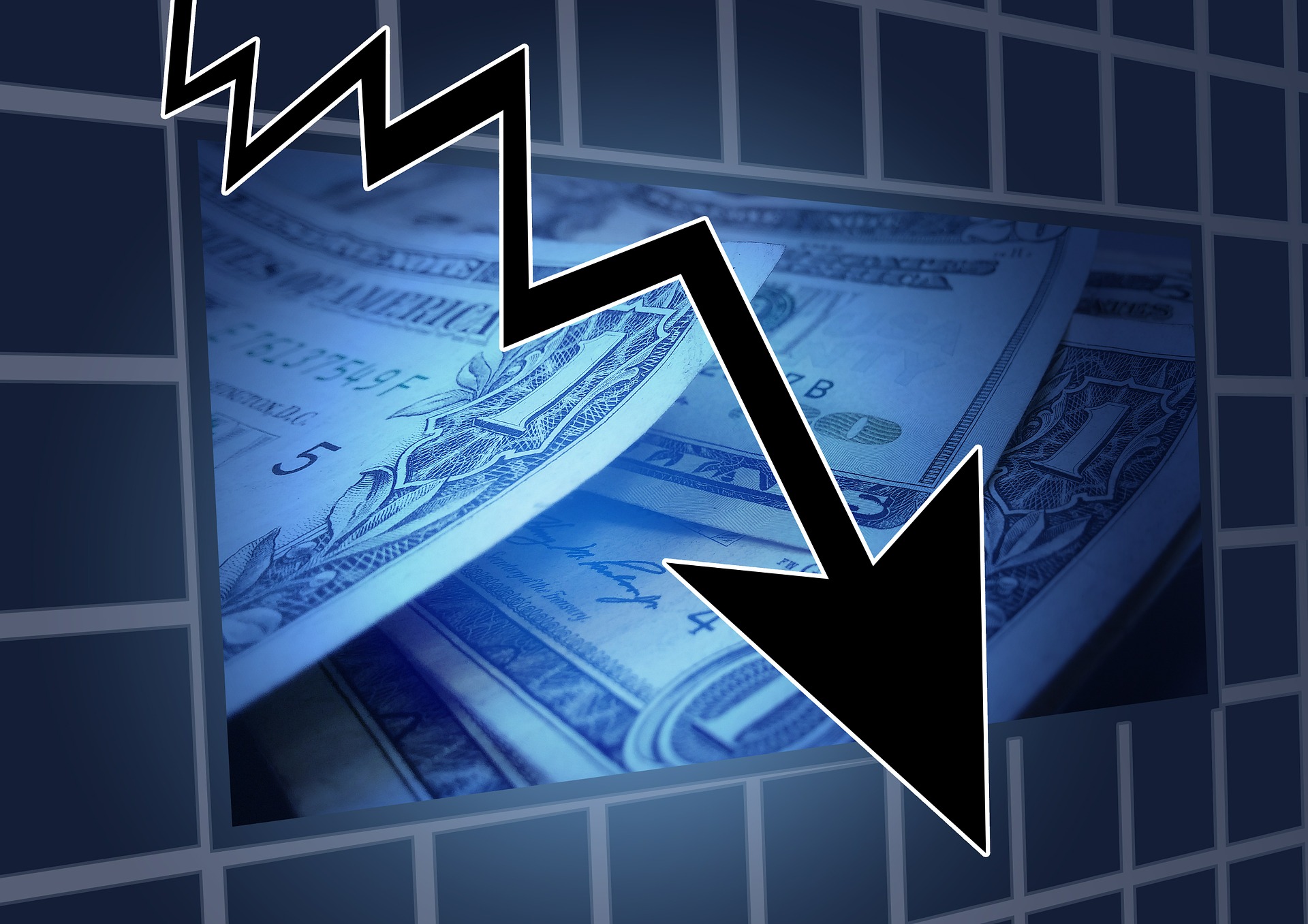
The collapse of Silicon Valley Bank has been the huge news story over the past week, driving many into a frenzy of panic. Silicon Valley Bank (SVB), which is based in California, was the top bank for tech companies and venture capital organizations. As a “partner for the innovation economy,” Silicon Valley Bank claimed to work with up to 65,000 tech start-ups and 2,500 venture capital organizations as clients. While formerly being near the top of the banking sector, that position was quickly lost when a “run on the bank” ensued from poor risk management.
Much of the funds acquired by the Silicon Valley Bank were from high-risk startups. Initially, this didn’t pose a significant threat to the bank, but it complicated matters when they started to lend the funds out. As a bank, they needed to generate revenue and had two options: lend the money out to clients seeking loans or invest in government-backed securities. The bank chose to invest in long-term, low-yield treasury bonds, which were adversely affected by the fluctuating interest rates. This created a “perfect storm”, as the bank’s tech-start up clients were facing economic hardships and needed to withdraw funds while the bank’s bond holdings were losing value due to rising rates. The Silicon Valley Bank was forced to sell off its risky investments, leading to a loss and triggering a bank run. Consequently, the FDIC had to take over the bank’s operations when clients withdrew 42 billion dollars in a single day.
Can the SVB incident happen again to other banks? Possibly, but not likely. SVB had a high concentration of uninsured deposits due to its tech industry customer base, making it an outlier. To mitigate the risk of another bank run, the Federal Reserve created the Bank Term Funding Program (BTFP) as a safety net for banks and financial institutions. This program allows banks to lean on the Deposit Insurance Fund, which has enough money to back up the entire banking system. The BTFP was created to break the psychological “doom loop” that could occur across the regional banking sector and provide security for investors. This means that banks no longer have to worry about sudden withdrawals and customers can be assured that their bank accounts will remain whole.
Something else to consider is that this “non-bailout” is a bit of a two-edged sword. On one hand, this back-stop provided by the Federal Reserve will certainly calm some fears of both depositors and the markets as a whole. But how much does this end up incentivizing poor conduct by allowing banks to take bigger risks in order to obtain higher profits?
It is helpful to recall how President Franklin Delano Roosevelt felt about establishing the FDIC during the Great Depression. Roosevelt agreed that deposit insurance would prevent bank runs in the United States, but he argued that it would also create moral hazard among depositors, who would lose interest in whether bank executives managed institutions safely or not because they would know their money was safe no matter what happened.
This is indeed what played out in the 1980 financial crisis, where many unstable and insolvent banks remained open due to the FDIC, despite their high-risk, high-reward gains that didn’t pay off.
While this may be a short-term worry reliever for what might be a long-term problem, monetary policy and financial regulation must be taken more seriously to prevent banks from exploiting this. But at least for now it has helped customers and investors feeling a bit of assurance that the system isn’t on the brink of collapse.
First and foremost it’s important to remain calm and not let fear and anxiety take over. Remember the wise words of Philippians 4:6-7, which tell us “Do not be anxious about anything, but in every situation, by prayer and petition, with thanksgiving, present your requests to God. And the peace of God, which transcends all understanding, will guard your hearts and your minds in Christ Jesus.”
The next step you can take to ensure your financial security is to make sure your deposits are under the FDIC insured amount of $250,000. That’s the maximum amount (or is it!?) that you can have insured in any one account per institution (link to FDIC limits here). In this way, even if your bank were to totally fail, the government would be insuring that you get your deposits back without any risk of loss. There are some other great alternatives for your excess cash if you’re not so certain about the stability of your bank (no, not cryptos!).
Finally, it’s crucial to be shrewd in choosing who you entrust with your money. This means doing proper due diligence on the bank or financial institution you plan to use to protect your nest egg. You can research Systemically Important Banks, which are deemed safe and secure by the Federal Reserve, or you can investigate the background of the individuals who run the bank and what they stand for. By taking these steps, you can protect your financial well-being and sleep a little easier at night.
BACK TO NEWS